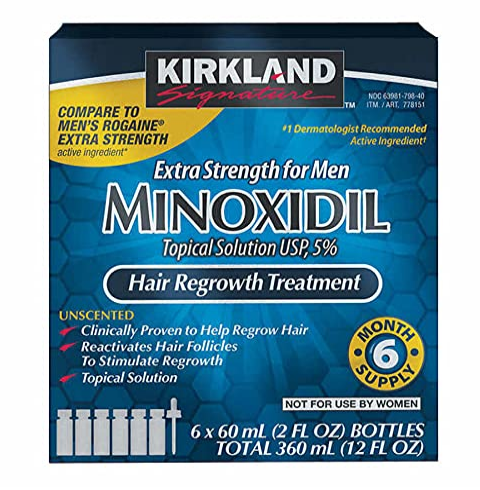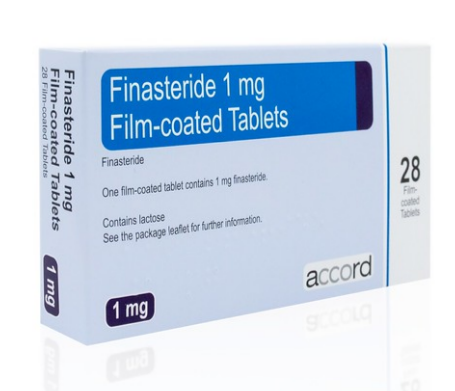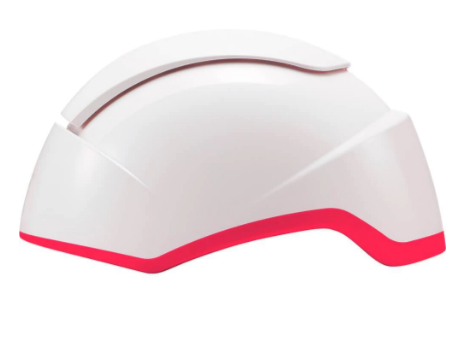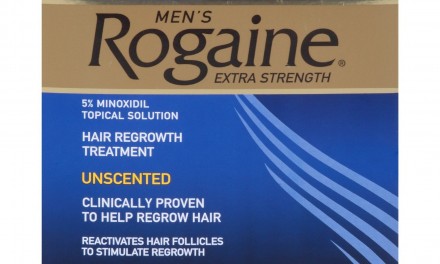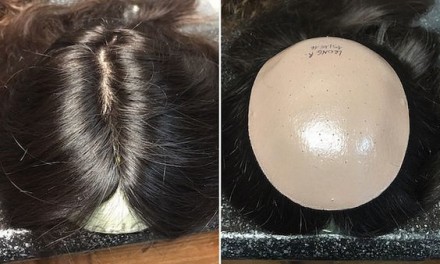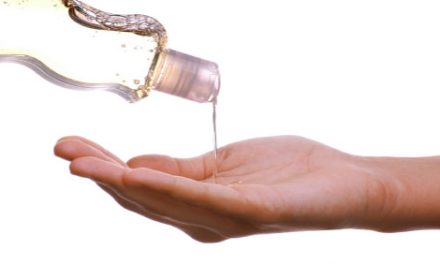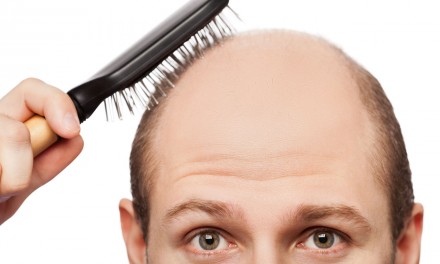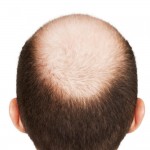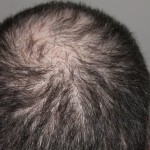The frustration that comes with hair loss is massive. Experiencing hair loss will send you into trying anything out just to keep your hair healthy and prevent the eventuality of you losing your crowning glory. While there are a lot of options on how you can preserve your hair’s health, options that include proper diet, home remedies, vitamins, the products you use for your hair care, or treatments, there will always be factors uncontrollable to you that will keep you from doing losing your hair. Factors such as stress, hereditary or genetics, and conditions like trichotillomania and androgenetic alopecia. According to Dr. Michelle Zive, Ph.D., RD, and co-author of the National Academy of Sports Medicine Certified Nutrition Coach Program, these factors that contribute to hair loss could also include menopause and the fluctuations of hormones in women due to childbirth. Despite all that, there are treatments in the market that could surefire help you prevent hair loss and aid growth on your scalp. But the question is, which treatment would work best for you? So what we’ve done here is gather information on various popular treatments for hair loss prevention and hair growth and then picked the top 5 that claim promising results for men and women suffering from hair loss.
1. Minoxidil
Originally developed as a drug treatment for hypertension, Minoxidil’s hair loss prevention wonders became known when researchers for the drug noticed that the subjects of the study, which was primarily aimed to determine the effectiveness of minoxidil for those who had hypertension but also suffering from hair loss, noticed hair regrowth. Since then, people have been using minoxidil to treat alopecia. Acting as a vasodilater, what minoxidil does is help increase blood flow to the area where it was applied on through dilating blood vessels. The reason why minoxidil is effective is due to the fact that it increases blood circulation in your scalp, thus increasing hair growth. Hair growth has two phases: the anagen and telogen phases. The anagen phase is when the hair is being pushed out of the scalp from the root, while the telogen phase is your hair’s resting phase. When minoxidil is used, it extends the length of the anagen phase and shortens the telogen phase. This effectively aids hair growth. Minoxidil might cause some side effects such as hypertrichosis, skin irritation, scalp itching, and folliculitis.
2. Finasteride
Now used as drug treatment for male pattern baldness or androgenetic alopecia, finasteride was initially formulated to treat benign prostate hyperplasia. It can also be used as a part of hormone therapy in transgender women and could also be used as a treatment for excessive hair growth in some women. Finasteride works by inhibiting the male hormone called dihydrotestosterone (DHT), which is the main contributor to hair loss in men who are vulnerable genetically to androgenetic alopecia, or hair loss. By significantly reducing the DHT levels in the scalp, the drug effectively prevents further hair loss, and in some cases, even increases hair growth. As much as 60%, Finasteride can decrease the amount of DHT in the affected area on the scalp. The drug’s effectiveness in reducing further hair loss may be noticeable after at least three months of use, with the effects lasting as long as the drug is being used. This means that if you stop taking finasteride, the DHT levels in your scalp may rise again, thus causing hair loss to start to manifest again. Finasteride can be taken with or without food, but should only be done once a day. The drug comes in an oral pill form with a dosage of 1 mg. or as a topical solution. Finasteride’s side effects are as follows: less desire for sex or decreased libido, inability to sustain an erection, and difficulty in ejaculation. Some of its rarer but more dangerous side effects are difficulty in breathing, rashes all over the body, and swollen eyes/tongue/face. While these may be temporary, if they become more intolerable, please go consult a doctor.
3. Hair Transplant
As its name suggests, a hair transplant is a procedure where hair (which you already have) is moved into an area or a part that needs it, like your scalp. Hair transplants have been performed since the 50s in the US, and the techniques for executing them have also changed a lot since then. There are two methods for this transplant: follicular unit extraction (FUE) or follicular unit strip surgery (FUSS).
In the FEU procedure, the back of your scalp will be shaved, and this will be the area where the doctor will remove hair follicles one by one. And then, this area will heal with small dots and will be covered by your already existing hair.
On the other hand, the FUSS procedure involves removing a strip of skin from the back of your head (6-to 10-inches), setting it aside, and sewing the scalp where it was taken off. This will then be immediately hidden by the surrounding hair. Then, the surgeon’s team will focus on that removed strip of your scalp, where they will divide it into tiny grafts with either individual hair or a few hairs in each one. The graft number and type will depend on your hair type, color, quality, and the size of the area where the transplant is going to be. After that, both procedures are basically the same. The area where the hair will go is numbed. Holes are made using a needle where the grafts will be carefully placed. This procedure can take up to 8 hours and could cost anywhere from $4,000 to $15,000. This surgery has risks of infection and bleeding if not cared for properly. While the transplanted hair will fall out in a couple of weeks, you won’t have to worry because new hair will grow within a few months.
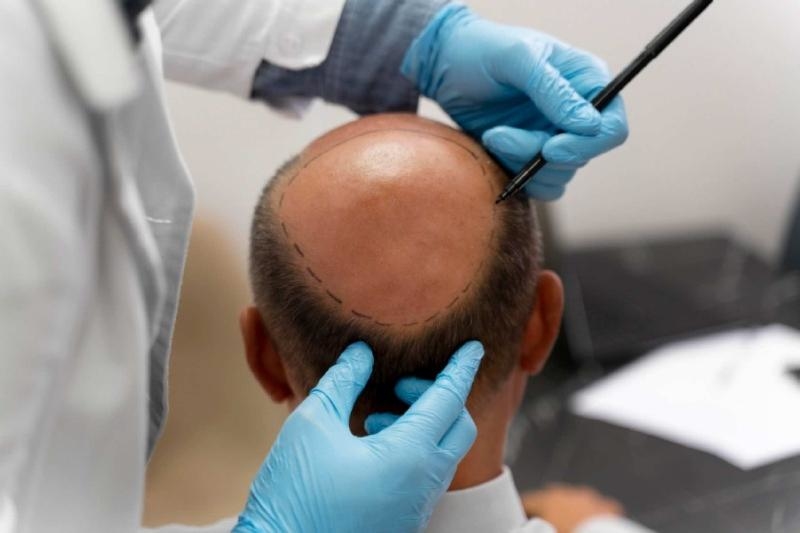
4. Microneedling
Microneedling is another treatment that will help you regrow your hair. This cosmetic treatment uses a skin roller with small needles designed to cause or make minor skin injuries on application, this results in your skin producing more collagen. While this treatment is usually used to address skin aging and its effects, microneedling is now also used to treat hair loss and aid hair regrowth, especially effective for combating alopecia areata, which is an autoimmune disorder that causes your hair to fall out in clumps the size of a quarter. By creating minor skin wounds, it is believed that this will help regenerate your hair follicle’s health and will thicken the already thinning hair caused by male pattern baldness or androgenetic alopecia. Microneedling is also believed to aid hair regrowth by inducing stem cells in the hair follicles. Not only that, microneedling can also help the scalp absorb some topical solutions better, like the aforementioned minoxidil and finasteride. In microneedling, a handheld roller with needles in sizes ranging from less than 1 millimeter to a few millimeters in length is used to puncture the skin and cause minor injuries, this process will promote hair growth and is believed to provoke the release of hair growth factors. And the process usually lasts for 10 minutes or under, depending on your healthcare provider, with a topical anesthetic application 40 minutes before the procedure and then a topical balm after. The area where microneedling was performed may get inflamed for a few days with the possibility of the wounds leaving scars. This treatment may also cause pain, swelling, bruising, or oozing from the wounds.
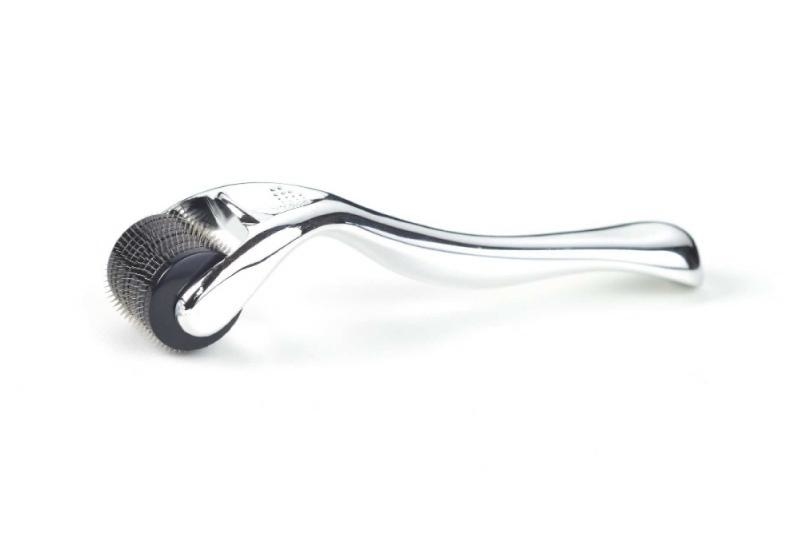
5. Low-level Laser Therapy
Low-level laser therapy (LLT), also known as cold laser therapy or red light therapy, is a procedure that uses a low-dose laser to irradiate photons into the scalp tissues. This will help regrow your hair by having the weaker hair cells absorb the introduced photons. In theory, it is believed that through this procedure, the hair follicles are encouraged to grow hair by jump-starting stimulation of epidermal stem cells and invigorating circulation. Although the results of this type of procedure can be inconsistent, it actually works for some people while failing for others. But this particular treatment is favored over others like hair transplants because not only does it appear to be safe and effective for both men and women, but it is also noninvasive and has almost no side effects.
If you want to start your hair growth journey right away, make an appointment to speak to a medical professional about what you want to do so you can go over which treatment is best for you.
Sources: https://dermnetnz.org/topics/finasteride https://www.healthline.com/health/shedding-minoxidil#other-side-effects https://www.byrdie.com/microneedling-for-hair-loss https://www.healthline.com/health/microneedling-for-hair-loss#side-effects https://www.healthline.com/health/laser-treatment-for-hair-loss#benefits https://www.ncbi.nlm.nih.gov/pmc/articles/PMC3944668/ https://www.webmd.com/skin-problems-and-treatments/hair-loss/hair-transplants#:~:text=Most%20people%20are%20able%20to,after%206%20to%209%20months. https://www.healthline.com/health/hair-transplant
© 2016-2022 by BaldTalk.com, an LiVenture. All rights reserved. No part of this document may be reproduced or transmitted in any form or by any means, electronic, mechanical, photocopying, recording, or otherwise, without prior written permission of LiVentures.


